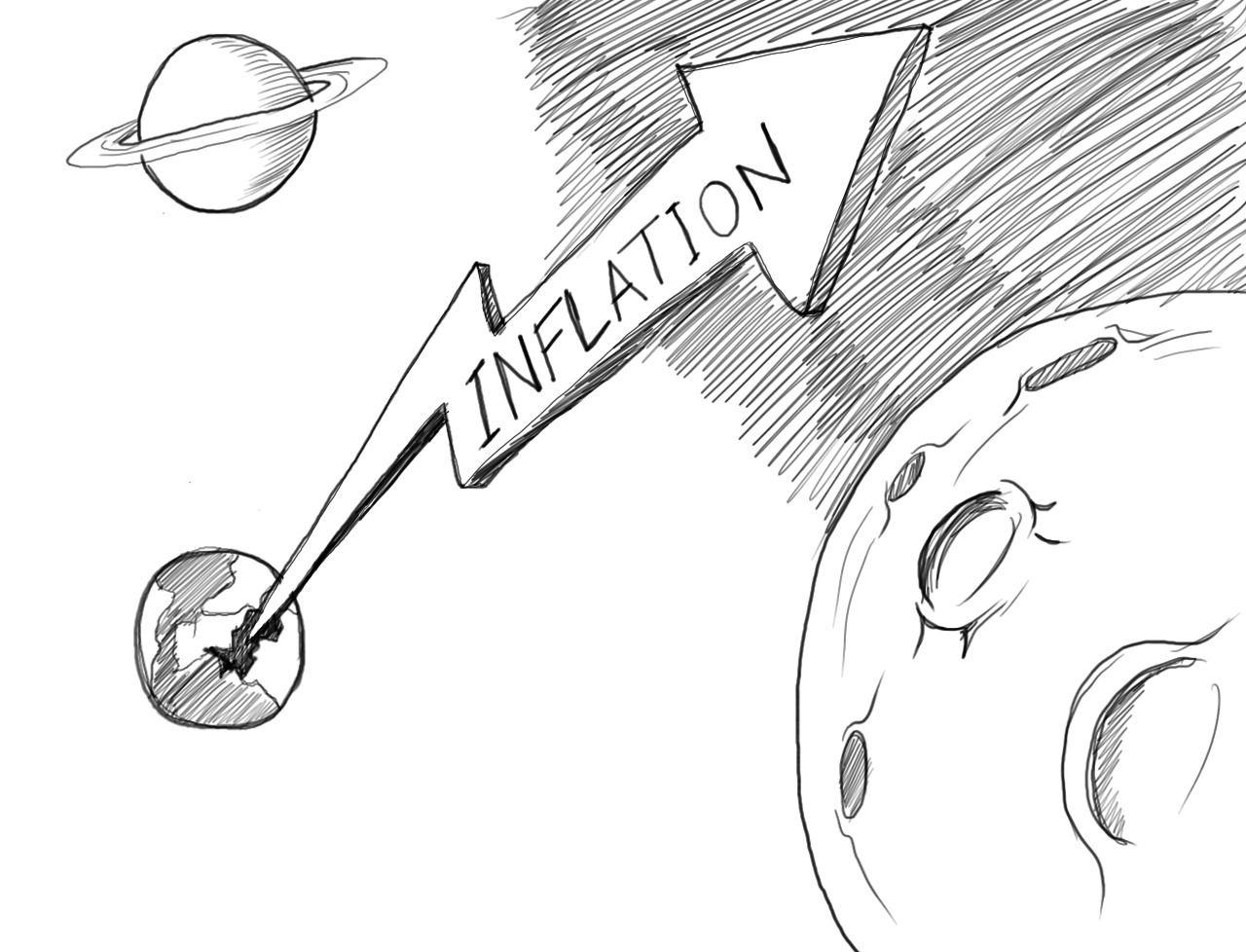
Every month the ministry of statistics and programme implementation declares the inflation based on the consumer price index. Inflation is essentially the rate of price rise. The inflation for the month of June 2017, came in at 1.5 per cent.
This basically meant that prices in June 2017 overall were higher by 1.5 per cent in comparison to June 2016. This is the lowest inflation that the country has seen over the period of last five years.
Hence, not surprisingly, the government moved very quickly to claim credit. Arvind Subramanian, the chief economic adviser to the ministry of finance, said: “This low, heartening number is consistent with our analysis for some time now.”
This is one of those statements that makes economics the subject that it is, where equally convincing arguments can be made from the two ends of the spectrum.
Allow me to explain.
Low inflation is heartening because the rate of price rise has come down. It needs to be understood here that low inflation does not mean lower prices. It just means that the rate of price rise has come down than in comparison to the past and that is a good thing. Or so the chief economic adviser would like us to believe.
The question is why has the rate of inflation come down? The consumer price index that is used to calculate inflation is made up of a large number of goods and services. The government tracks the prices of these goods and services across the country, in order to arrive at the inflation number.
Food and beverages constitute around 45.9 per cent of the index. Food and beverage prices fell by 1.2 per cent in June 2017 in comparison to June 2016. In fact, prices of some of the constituents like pulses and vegetables have fallen at a much faster rate than the overall rate.
The price of vegetables fell by 16.5 per cent and that of pulses fell by 21.9 per cent. Vegetables and pulses together constitute a little over 8.4 per cent of the index.
So, what does this mean? It means that the overall rate of inflation is down because food prices have actually come down. Lower food prices essentially mean that the farmers growing food, have sold what they grew at a price lower than they had in the past. Also, these lower prices do not always reach the end consumers, with middlemen taking in a bulk of the benefit.
There have been many stories in the media portraying the plight of these farmers who have had to sell their produce at lower than their cost price and face losses and get even more indebted. In fact, it is not surprising that over the last few months, there has been so much demand for loans to farmers to be waived off, all across the country.
The larger point is that if inflation has become very low then someone is not being paid as much as he was in the past. And this can be due to various reasons. In this case that someone happen to be farmers. Farmers form around half the working population. If they face losses then they are less likely to spend as much money as they had in the past. This will impact rural growth and in the process, the overall economic growth.
Hence, when Subramanian finds low inflation heartening, he ignores this line of thought totally. As Evan Davis writes in Post Truth—Why We Have Reached Peak Bullshit and What We Can Do About It: “There are certainly such things as facts, and no one should persuade you otherwise. But aside from quite banal facts (‘the sun is shining’) we always have to use judgement in deciding what is a fact and what to believe: we have to apply a judgement as to the weight of evidence in its support relative to the weight of interpretation put on it.”
The column originally appeared in the Bangalore Mirror on July 19, 2017.

